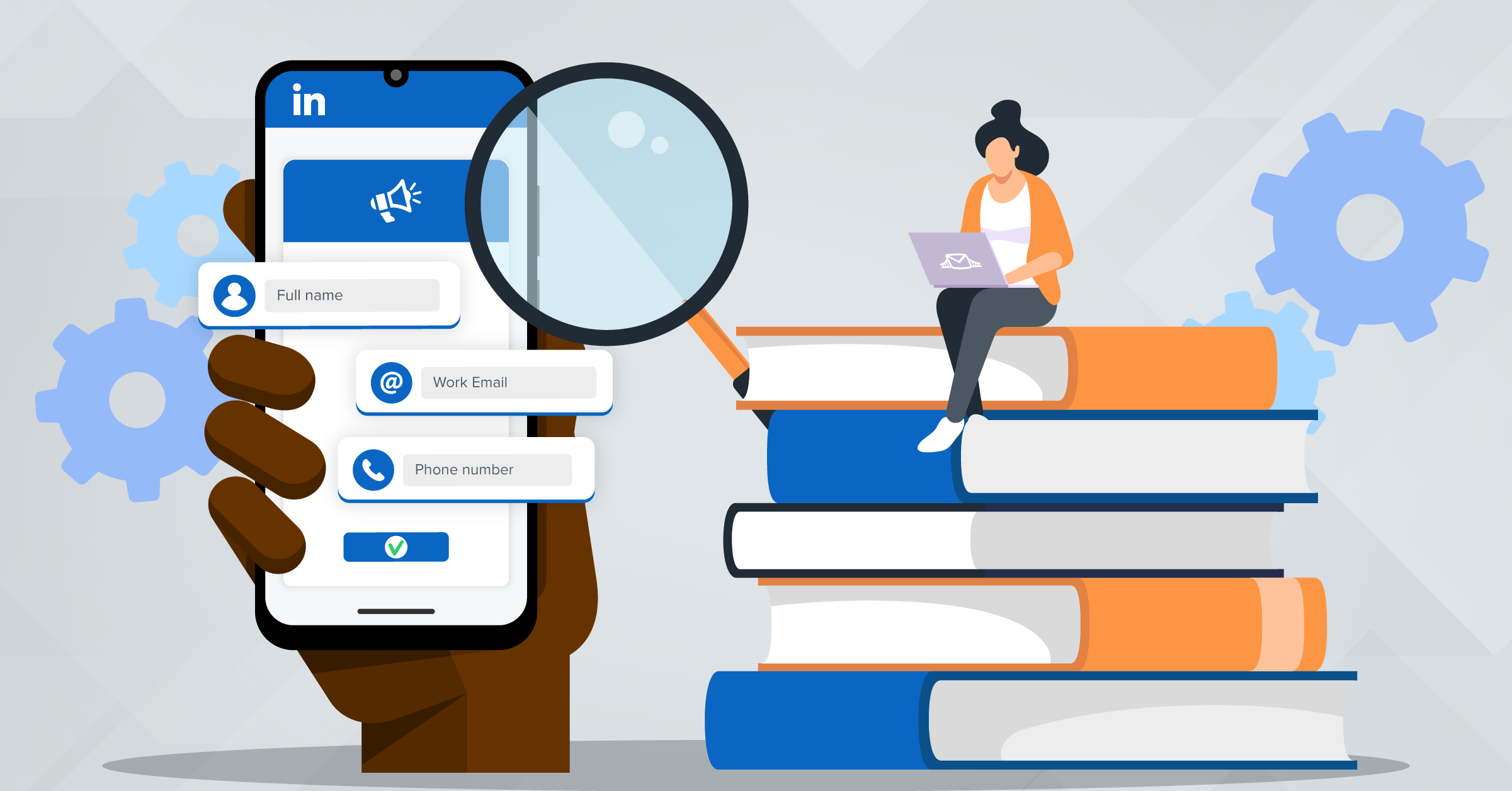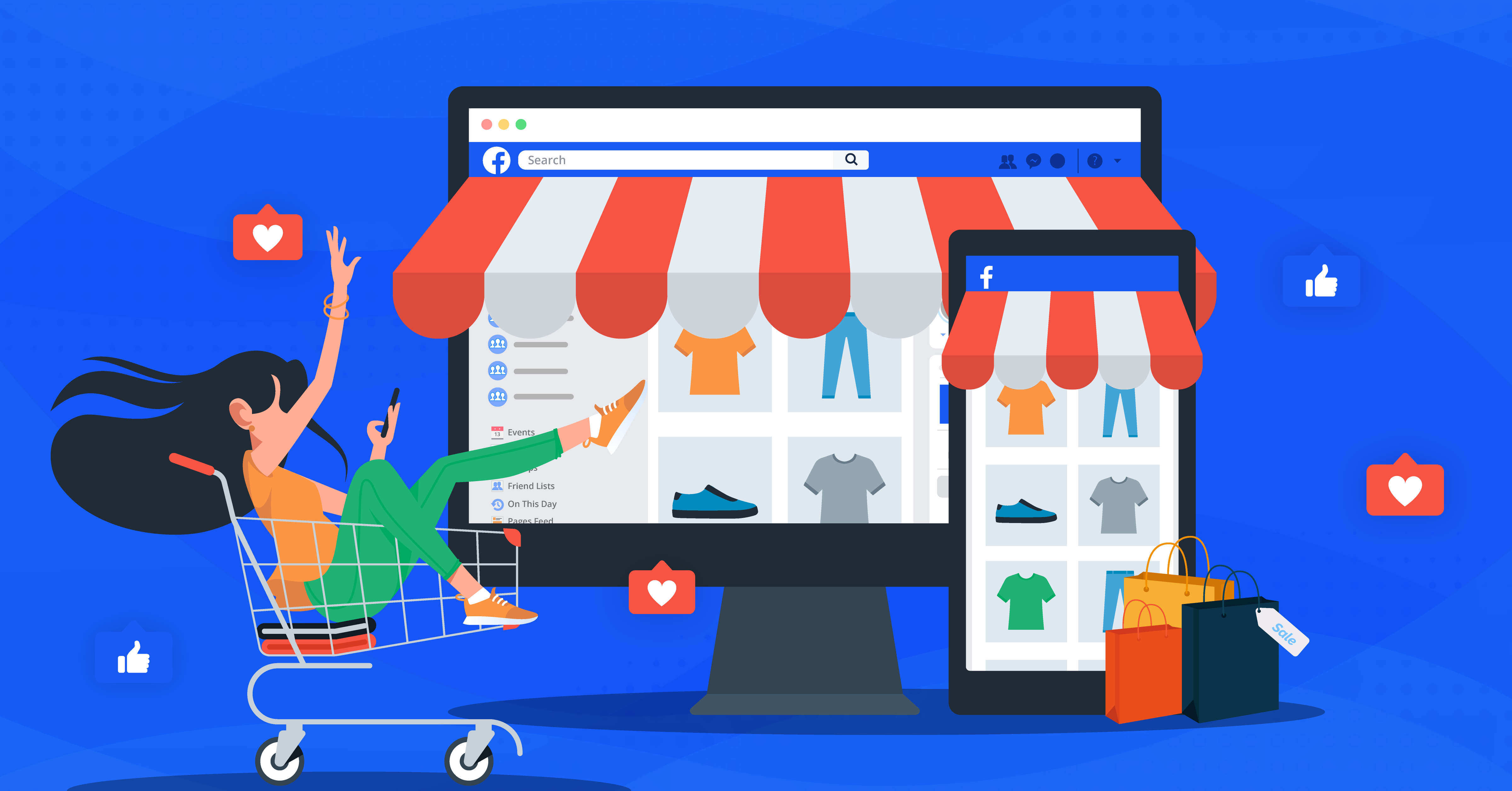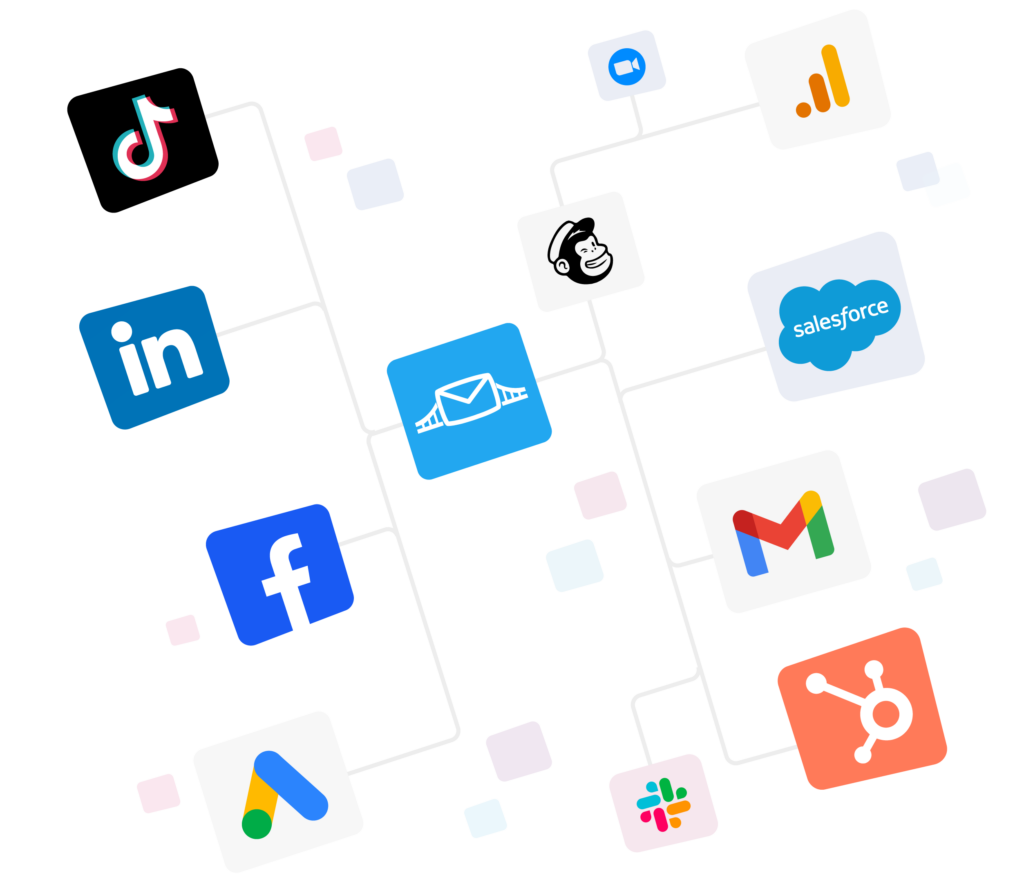
Pass every optimization you’re planning through this filter: Will this improve the percentage of leads that become revenue?
When the answer is consistently yes, you can be sure that budgets scale without increasing your lead acquisition costs.
And for that, you need a setup using the right strategies and tools.
In this article, you’ll discover why and how to focus on your Google Ads lead quality. Additionally, you can learn about the top strategies and automation solutions you need in 2025 to stand ahead of the competition.
Why Google Ads lead quality is the profit lever
Lead generation on Google yields great results if you can tell Google who you’re building ads for.
Low-quality leads waste your ad spend. What’s worse, they train bidding models to target the wrong people, inflate customer acquisition cost, slow sales queues, and throw off your forecasts.
High-quality leads do the opposite. They send out robust signals for Smart Bidding, which brings about faster sales cycles and more predictable growth.
And while it can be a great vanity metric, having more traffic won’t necessarily help. It all comes down to how quality is defined, measured, and enforced in the system.
How to improve lead quality on Google Ads
Having a marketing pipeline that is busy, and yet your revenue isn’t? That’s your sign to shift the goal from “more leads” to “better leads.”
The tips below help you do that by keeping things practical and current. So, you might want to add them to your Google Ads checklist.
Find out what actually makes you money
You need to map the path from click to closed-won and choose a single bottom-funnel event to optimize toward. This can be revenue.
For instance, pass a value with every conversion (dynamic when you can), and feed back offline outcomes through Enhanced Conversions for Leads or a CRM import.
That’s how Google’s Smart Bidding feature learns the difference between a tire-kicker and a buyer.

Build a campaign mix with clear roles
Here’s what you can use:
Leverage Search to capture explicit intent. Or use Performance Max to find incremental conversions across Google surfaces.

Additionally, Google Discovery ads (now Demand Gen) to create and harvest demand on YouTube, Discover, and Gmail.
Give each campaign a distinct brief so they don’t step on each other, and judge them by downstream quality.
Keep in mind that your ads’ cost per lead is not an accurate metric, so use quality as your gauge.
Target for fit as well as reach
Start with custom segments built from high-intent keywords, URLs, and apps, layered with your first-party lists and demographics.
Just as important, remove what you don’t want with negative keywords, excluded audiences, and brand-safety controls.
This sends out cleaner signals to the platform’s algorithm, which can lead to higher-quality leads.
Bid for value over volume
If your conversion numbers look good, use Maximize conversion value with a target ROAS. It basically shows how much revenue you want for each €1 spent.
If you don’t have solid value data as of yet, stick with the target CPA while you improve tracking. Then use Conversion value rules to boost or reduce value for specific regions, devices, or audiences that you know close better or worse.

Make lead form assets work for you
Strategizing around lead form extensions(now lead form assets) is great if you are focusing on mobile and proposing simple offers. If not, send traffic to a fast, focused page.
Some best practices to consider when creating your forms:
- Keep the form short
- Add one or two qualifying questions (budget, timeline, use case)
- Switch the form optimization setting to More qualified for fewer but better submissions
- Push new leads straight into your CRM
- Respond fast for high-converting nurturing
- Run A/B tests on headlines, CTAs, and other components of your campaign structure
- Keep the supporting description line brief (≤30 characters), such as “Join free”
Keep signals compliant and strong (especially in the EU/UK)
One foolproof way to upgrade your Google Ads lead quality is by implementing Consent Mode v2. This helps ensure that your data tracking and remarketing campaigns respect user choices without disturbing your own data collection flows.
Use the Google tag everywhere conversions can happen. This especially helps keep pages loading quickly. Most often, slow forms are associated with junk data.

Run an ongoing quality loop
Check your search terms every week and add negative keywords for queries that bring weak leads. Track what happens after the form.
For example, document and analyze data for the SQO (sales-qualified opportunity) rate, cost per SQO, revenue per lead, and ROAS.
You can also touch up your Google Ads and audiences monthly to ensure a higher Google Ads lead quality. Run clean A/B tests for your:
- Landing page vs. lead form
- PMax on vs. off
- More volume vs. More qualified
Lastly, make sure to add basic fraud checks (reCAPTCHA or phone verification) to block spam.
Use automated data management
Downloading your Google leads via manual CSV exports translates to delayed follow-ups. This significantly lowers the quality of leads you’ve worked hard to generate.
LeadsBridge fixes that by moving data between Google Ads and your CRM and other marketing tools in (near) real-time.
When someone submits a Google lead form or a landing-page form, they become leads. This data then gets funneled directly into your CRM.
With an automated lead generation system, your lead gets pushed straight to sales workflows, email, or SMS, and scoring software.
That speed alone lifts contact rates and weeds out low-intent submissions that go cold while they wait.
With all your lead data centralized, you can send Enhanced Conversions for Leads or full offline conversion event data back to Google.
This data can either be matched on hashed email and phone or with click IDs when available.
This also tightens your audience strategy. CRM segments can sync to Google as Customer Match for inclusion, exclusion, and lookalikes. All the while, closed-won or churn lists are kept fresh automatically.
Here’s what to set up:
- Lead sync from Google lead forms/website forms to CRM.
- Conversion sync from CRM stages to Google (MQL, SQL, revenue) for value-based bidding.
- Audience sync (Customer Match) for retargeting, suppression, and lifecycle stages.
Takeaways
Besides Google’s outstanding native advertising features, automation is probably the most important element in your Google advertising toolkit. Stale data is as good as lost data. Here’s an interesting stat about increasing Google Ads lead quality via streamlined processes: Around 80% of businesses say they have increased lead generation after having set up automation.
As a Google Premier Partner, LeadsBridge offers integrations across the full suite of Google Ads products.
Find your favorite Google Ads integration here to start automating your lead data management today.



















